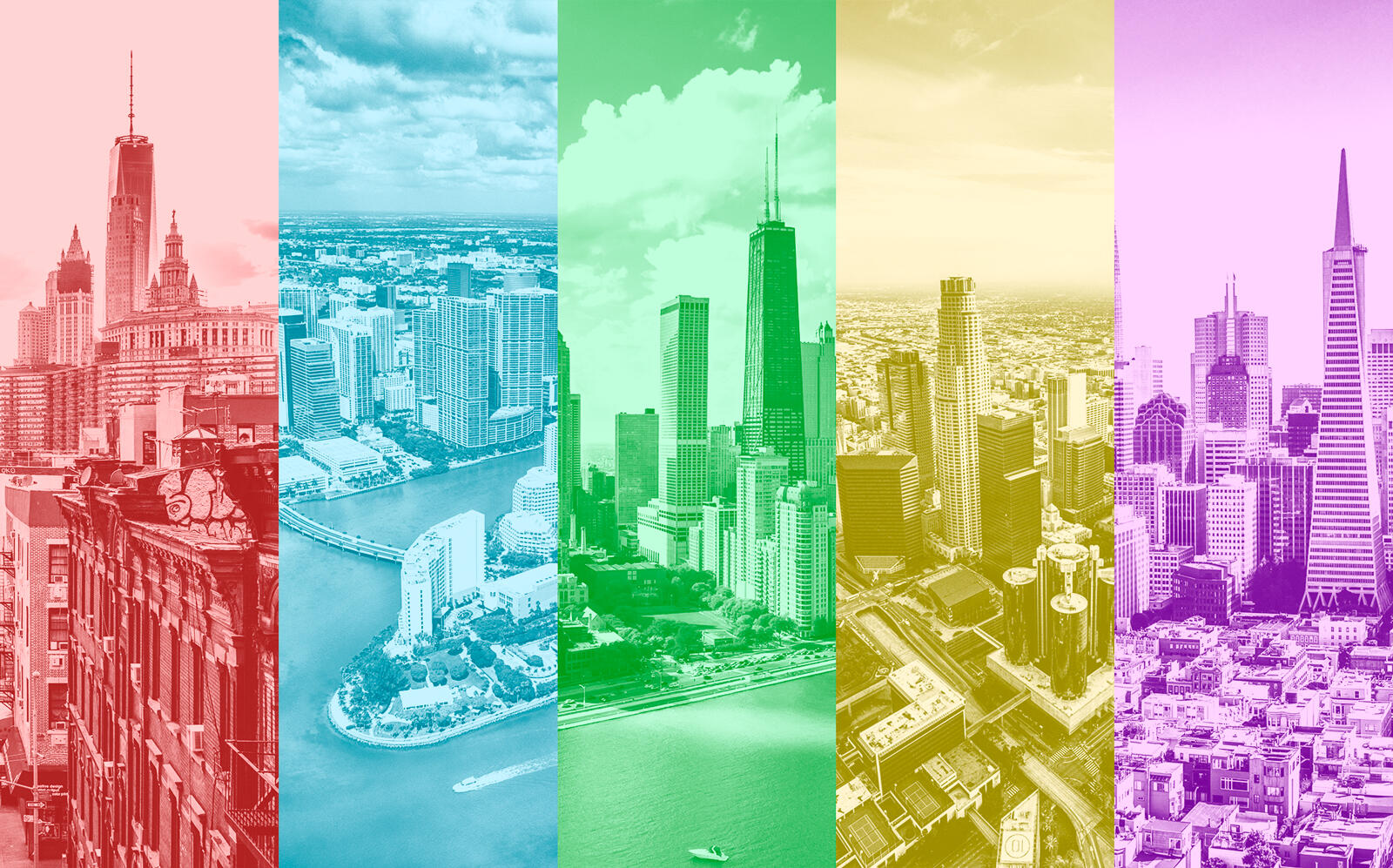 The hot housing market means hefty rent rises aren’t just hitting new apartments
The hot housing market means hefty rent rises aren’t just hitting new apartments
Trending
As rent explodes nationally, Miami tops the charts
Five cities in Sunshine State make Zumper’s top-10 list for rent growth

In a year of robust growth in rents, five of the 10 cities where they soared the most were in Florida.
Miami and Tampa rents skyrocketed 38 percent, the highest gains nationwide. Rents also shot up in Orlando, Jacksonville and St. Petersburg, by 32 percent, 27 percent and 24 percent, respectively, according to a new report by Zumper.
Miami’s gain represented a turnaround; rents had fallen 10 percent from March 2020 through January 2021. Tampa’s rents had risen 7.1 percent in the same period.
Nationally, rents are 11.6 percent above where they were last year, Zumper’s State of the American Renter report found. Strong demand coupled with limited supply has powered the increase.
The report’s author, Jeff Andrews, writes that context is key to understanding the extent of that jump. Rents rose 0.6 percent last year and 0.3 percent in pre-pandemic 2019.
“To move the National Index in the numbers we’ve seen in 2021 takes incredible rent growth all over the country,” wrote Andrews. “And that’s exactly what’s happened.”
New York rents are up 32 percent, fourth most among U.S. cities. In the process, New York surpassed San Francisco as the most expensive city in the country. The median price for a one-bedroom is up to $3,190.
At this time last year, New York City apartments were on the discount rack. Rents had fallen 14 percent in 12 months and more than half of available apartments were offering concessions. The drop created potential for a large percentage increase this year.
Read more
 The hot housing market means hefty rent rises aren’t just hitting new apartments
The hot housing market means hefty rent rises aren’t just hitting new apartments
 Rents rise in all big US cities, a pandemic first
Rents rise in all big US cities, a pandemic first
Historically, rents have risen in step with home prices. As the latter rise, renters become more likely to stick to renting, taking pressure off home prices. The push and pull keep the two markets roughly in balance.
But when the pandemic accelerated homebuying plans and the housing market got hot, lockdowns kept many renters frozen in place or sent younger ones back to their parents’ homes. Then vaccines arrived in January 2021 and renters slowly recovered their mobility, started searching for apartments and drove up prices.
Northern California has been an outlier: Rents haven’t recovered much from their pandemic plunge. As vaccines rolled out 11 months ago, Bay Area rents were down a whopping 23.4 percent in the previous year and the median price for a one-bedroom was $2,680. Today it is $2,810, still 20 percent below the pre-pandemic mark.
Nationally, over half of the 9,000 renters surveyed by Zumper said they are paying more in rent than before the pandemic.
Those gains were prompted by a national inventory shortage. Eviction bans made some landlords hesitant to list units when they came open this year, increasing competition for those made available.
In 2020, nearly 45 percent of renters surveyed said they’d submitted just one application before signing their last lease. In 2021, only 30 percent said they hit on their first attempt.
Meanwhile, the number of tenants who said they applied to five or more before signing a lease doubled to almost 15 percent, the report showed.
The good news for tenants: The rate of rent growth has ebbed in the latter half of 2021, a sign that rents might normalize next year.
Andrews said that although rent rose by as much as 2 percent month-over-month in the summer, that velocity slowed in the fall. And this month, rents nudged down, dipping 0.5 percent from November.
“This could foreshadow a more stable rental market in 2022,” Andrews wrote, noting the potential that the seasonality of rents — up in the summer, down in the winter — could return.




